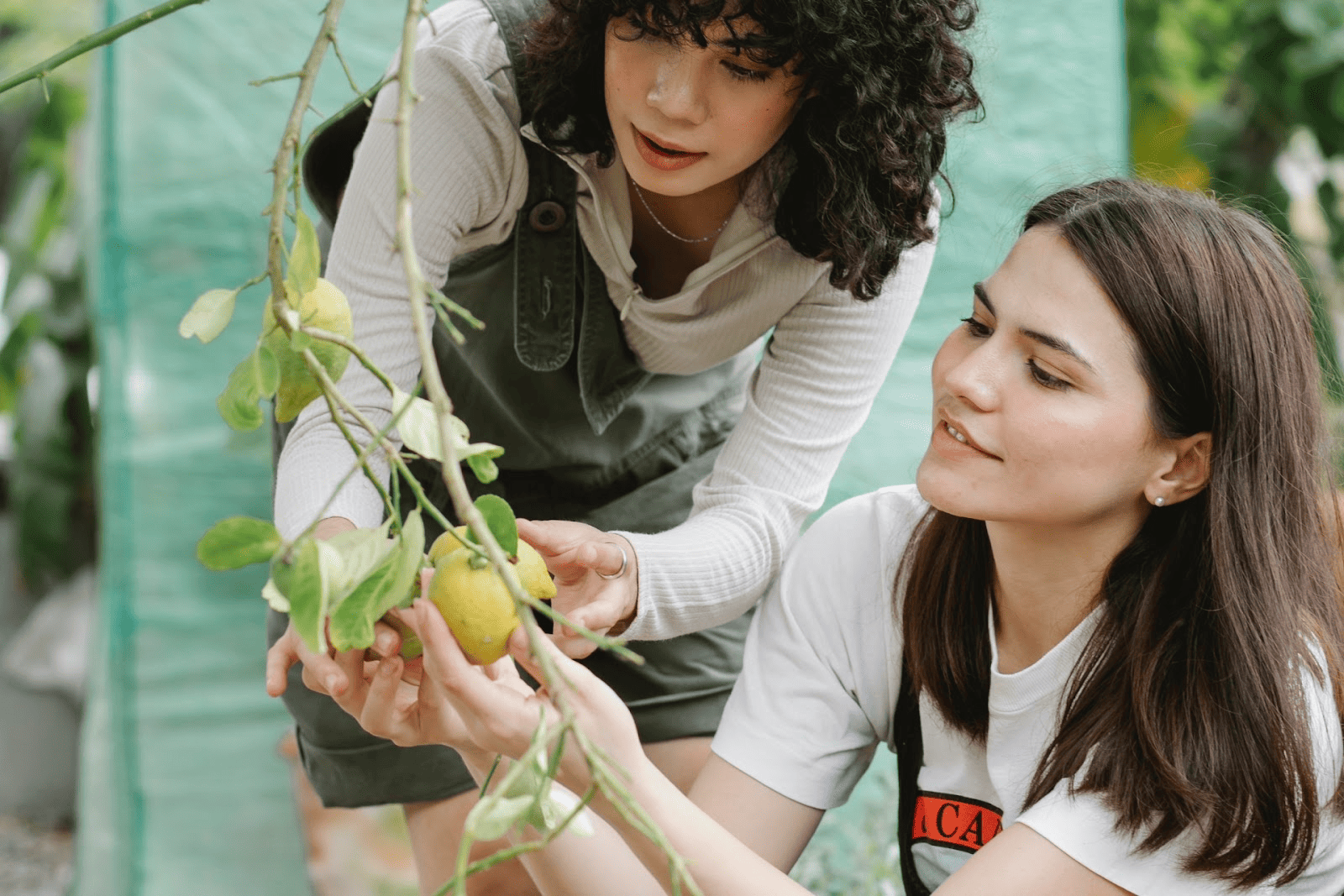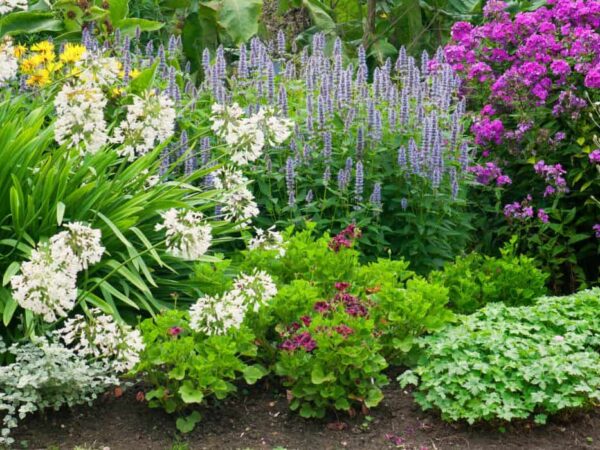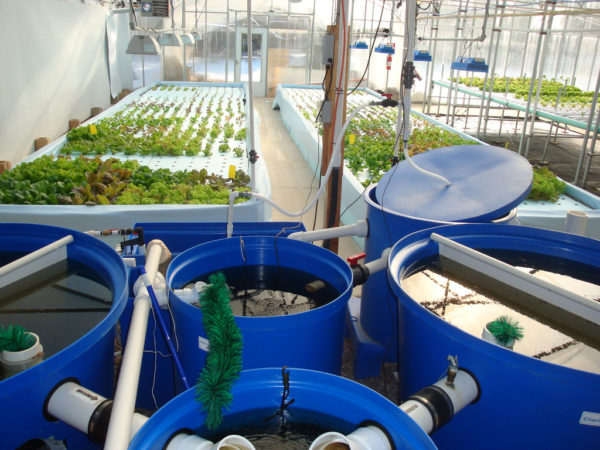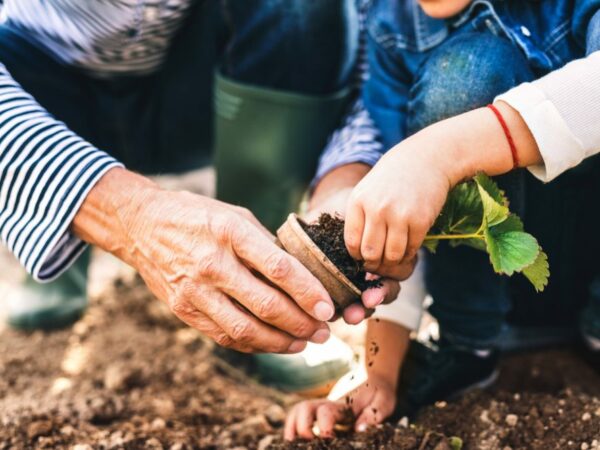Plating and growing fruit trees in your own backyard have several benefits other than getting free food. Here’s what you need to know.
The best time to plant a tree is today. Once the seeds are planted, it takes dedication and commitment to follow through. But, the literal fruits of your labor will be more than worth it.
Growing your own fruits is such a flex. This should be reason enough to start growing a fruit-bearing tree.
Anybody can grow a fruit tree, even in our backyards. However, we still need to consider a couple of important things before we do.
Table of Contents
5 Things to Consider When Growing Fruit Trees
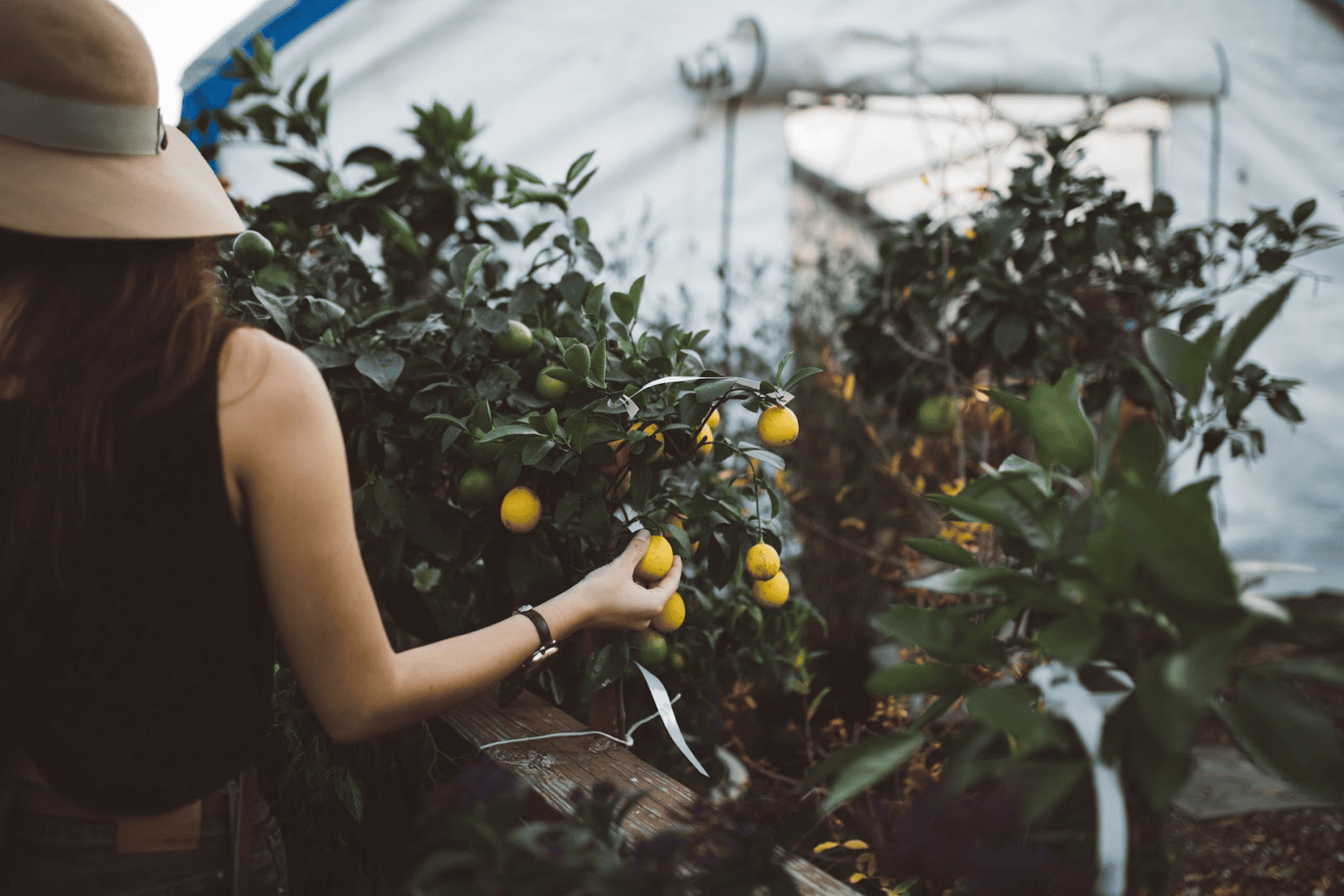
You can’t just pick a tree, dig a hole, and call it a day. There’s a lot we need to prepare for. But growing fruit trees isn’t as hard as you might think. To ensure it grows healthy, strong, and bountiful, we need to consider the following:
1. Fruit Type
You can’t grow every kind of fruit tree in your backyard. Some require specific conditions to thrive. Choose a fruit tree that grows well in your area.
Variety is also needed to ensure proper pollination. Good starters include apples, pears, and plums. The most popular and prominent fruit tree you might find is peaches.
2. Variety
There are different varieties of fruit trees. Each has its own perks and downsides. For example, the Chicago Hardy Fig Tree provides delicious fruit. The best part is, the tree is self-pollinating.
Some varieties of the same fruit can mature at different times. This can be beneficial as it can prolong the harvest season. Planting different varieties also allow cross-pollination.
3. Climate
Where you live can directly affect how a tree grows. Your success at growing a fruit tree depends on whether or not the variety of fruit is appropriate in your region.
You might end up having a fully grown tree for decades without seeing a single fruit. Consider the “Hardiness Zones.” These show the average extreme minimum temperature in an area.
Some companies won’t sell live plants outside of this zone or wave replacements when shipping. To give you an idea, here’s a quick rundown of what fruits to go for:
Chilly Areas:
- Apples
- Cane berries
- Cherries
- Currants
- Pears
Warm Areas:
- Avocados
- Figs
- Guavas
- Mulberries
- Pomegranates
4. Space
The next thing to consider is how much room you have for your tree to grow. This is especially important if you’re planning to grow more than one.
The trees need to have a minimum distance apart from each other for them to thrive and not steal each other’s nutrients. Here’s a list you can refer to:

5. Maintainance
You’ll need to maintain your trees when they’re still young. Start pruning and training them properly to give them a good headstart.
Give the roots ample time to grow and compensate for top growth. Water is going to be an important factor in this, especially during the growing period.
Don’t worry too much about watering if there’s enough rain. If there’s not, water trees deeply and infrequently to create a strong root system.
Consider planting where you can make some form of irrigation. There are several types out there you can purchase for relatively cheap.
Cold weather is also something to look out for. Planting citrus in areas like East Texas may require you to grow them first in containers.
This allows you to carry the plants indoors during the colder seasons. Meanwhile, some varieties of fruit require a specific number of hours to be chilled to bear fruit.
7 Reasons Why You Should Grow Fruit Trees in Your Backyard
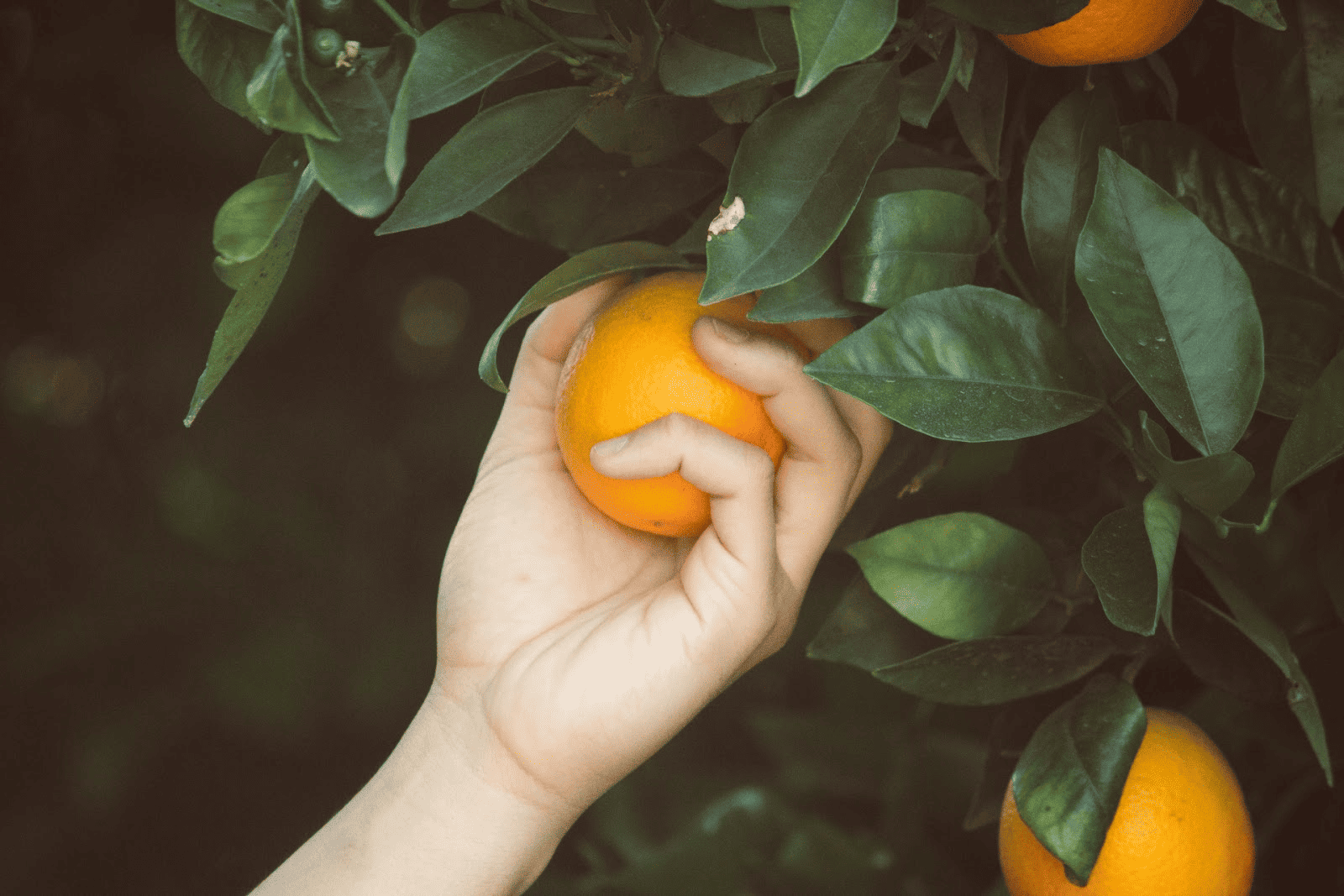
It might look like a lot of work, but growing your own fruit is such a rewarding feeling. If you’re still on the fence about growing your own fruit trees, here are seven reasons that could change your mind.
1. Free Food
Growing your own fruits is a huge leap toward a more sustainable lifestyle. You get to reduce your carbon footprint and save money at the same time.
Fresh fruit is expensive, especially those grown organically. But you can’t deny the difference in flavor. Having your own freshly picked fruits reduces costs substantially.
Depending on the size of your tree, you can even get more than you could possibly need. You can either preserve them or sell them in your area.
2. Boost Property Value
Fruit trees add to the overall aesthetic of the home. If you’ve got one in your backyard, it can significantly increase the value of your property. It provides both ornamental value and shade.
According to Arborist News, homes with larger trees in their backyards can add 3-5% more value to a home. It can even boost appraisal values anywhere between $1000-10,000.
But it’s not all aesthetics. Having a tree also serves a functional purpose—keeping your home cool. More shade equals less heat which ultimately helps reduce the need for AC on hot days.
3. You Create Priority Habitats
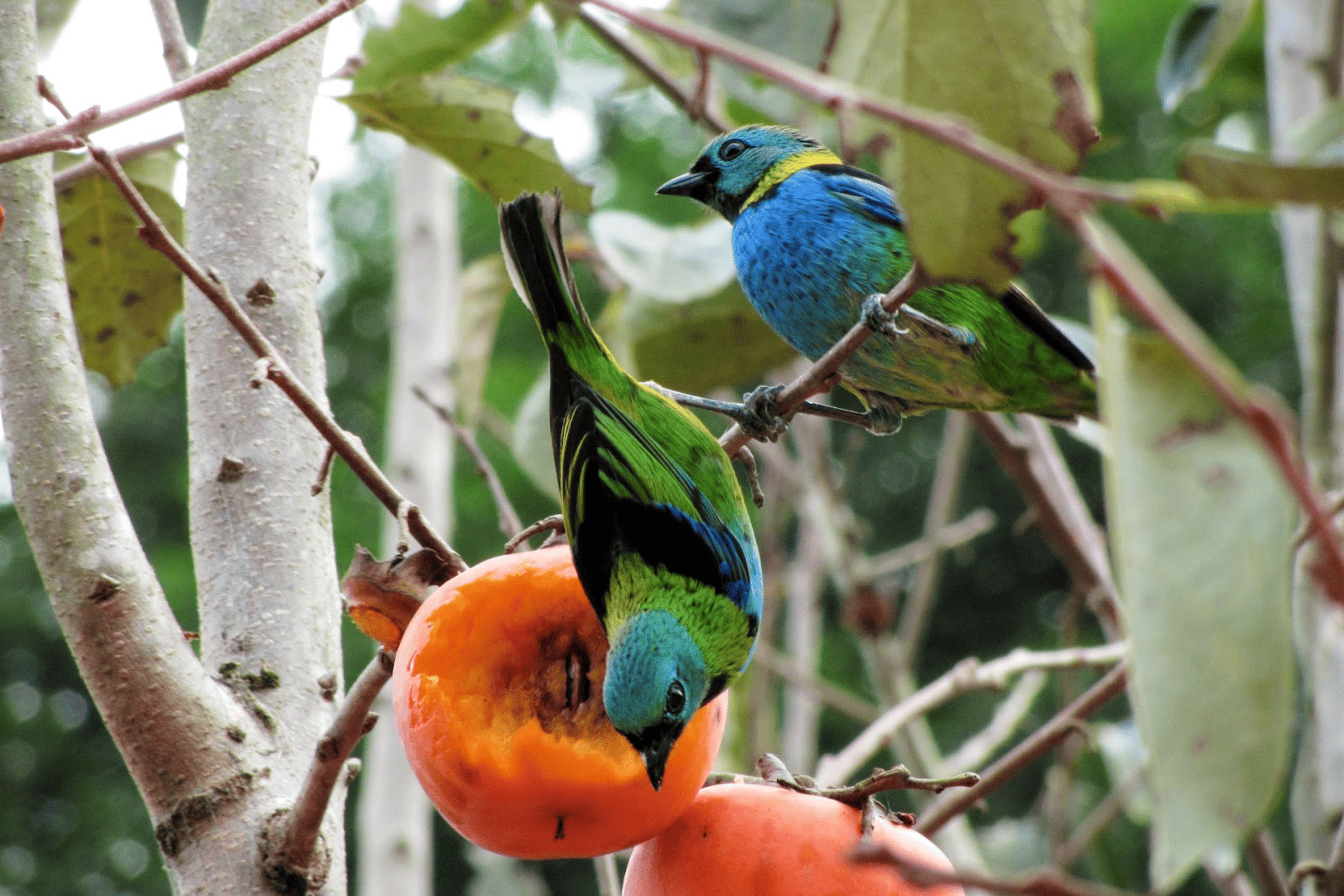
Matured fruit trees can become homes to several animals. Birds, squirrels, and insects can all seek refuge. You get to help maintain the ecological balance in your area.
When it’s time to pollinate, you get visits from butterflies, bees, and other major pollinators. Think of your fruit tree as a large neon sign for them, welcoming a new area of bloom.
You also don’t need to worry about animals getting all your fruit. An apple tree, for example, can produce 700-800 apples a year from a single tree. Plenty to share!
4. You Can Go Big Or Small
We discussed earlier that space is necessary for tree growth. But, when it comes to fruit trees, there are a variety of different sizes you can choose from.
So, if your main concern is insufficient space, you can plant fruit trees with dwarfing rootstock. These don’t grow as tall and can be planted in smaller spaces.
Some of the most popular of these types of fruit trees include:
- Apple
- Pear
- Cherry
- Citrus
- Olive
- Fig
- Banana
- Plum
- Peach
5. Low Maintainance
Most of the “looking after” you need for fruit trees comes during the growing stages. It’s like a large down payment, but you’re rewarded with a huge return on investment.
That’s because fruit-bearing trees are relatively low maintenance. Once you are out of the woodwork during the “growing phase,” you’ll only need to prune the trees 1-2 times a year.
Tending to something like a vegetable garden is more demanding than maintaining a fruit-bearing tree—great for people who are pressed for time.
6. Reducing Carbon Footprint
We can all be a little more environmentally conscious. Growing fruit trees makes you a direct contributor to helping reduce Co2 emissions.
The more trees are planted, the more we can convert Co2 into fresh oxygen. Aside from this, you get to reduce your carbon footprint significantly.
Think about how a single piece of fruit travels from the farm to your hand. It has to be delivered from the farm to the factories where it’s packaged, then shipped again to grocery stores.
Often, they’re even imported from other countries. If more people decide to grow their own, there’d be a surplus of homegrown fruits which can ultimately reduce the need for imports.
7. Healthier, More Flavorful Food
You can preserve food, but that doesn’t always mean that you preserve its nutrients and flavor. The longer a fruit is plucked from the tree, the more vitamins and flavors it loses.
You can get the most out of the fruit with direct access to it. Plus, you can control the quality of these fruits yourself. You can opt for organic pest controls, fertilizers, and mulch.
More importantly, you avoid eating fruits sprayed with preservatives that help extend their shelf life. These are often found in supermarkets or grocery stores.
Fruit Trees Vs Non-Fruit Trees
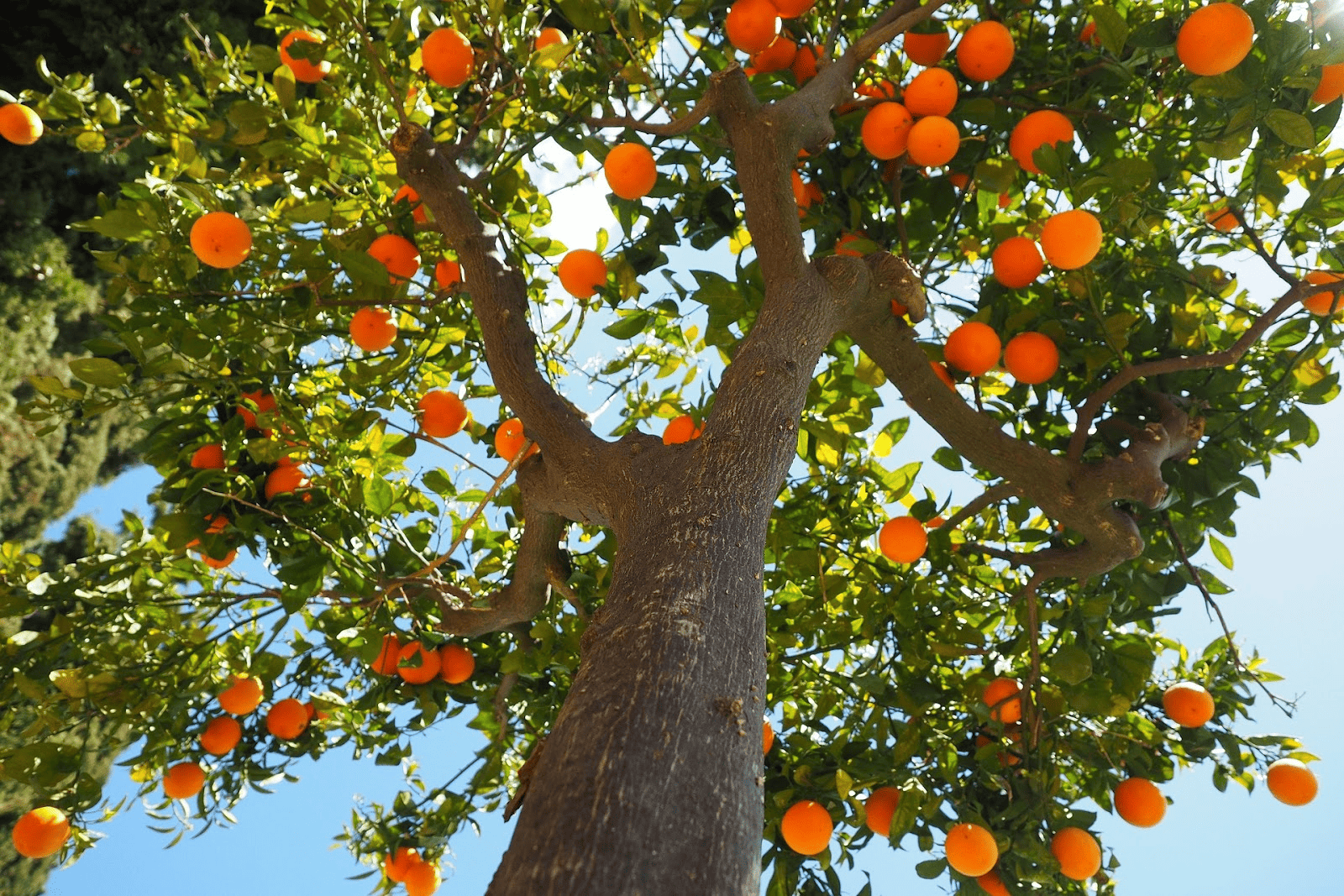
We get the benefits of fruit trees, but why choose them over non-fruit-bearing ones? The choice would ultimately be up to you. However, fruit-bearing trees have advantages over regular trees.
The most obvious advantage is that you get food. A non-fruit tree’s benefits are also present in fruit-bearing ones. So, if there’s a specific tree you want to plant—go for it!
Non-fruit trees are easier to maintain. If fruit grows in your backyard, it can attract both humans and animals. Left unattended, depending on your area, this could be a problem.
It’s up to you to weigh the pros and the cons. Either way, you’d be helping out the environment, having more shade during hot summer days, and boosting property value with both.
Key Takeaways
Planting a fruit tree in your backyard is a commitment. If you follow through, you’ll be rewarded handsomely. So, before choosing a spot to plant your next fruit tree, consider the following:
- Choose the right type of fruit that can thrive in your climate.
- If possible, plant different varieties of trees to help with the cross-pollination process.
- Most of the maintenance you’d need to do is done during the growing period of the tree.
- There are both large and small fruit-bearing trees. You don’t have to worry about space.
- It helps us save money and promotes a healthier lifestyle.

